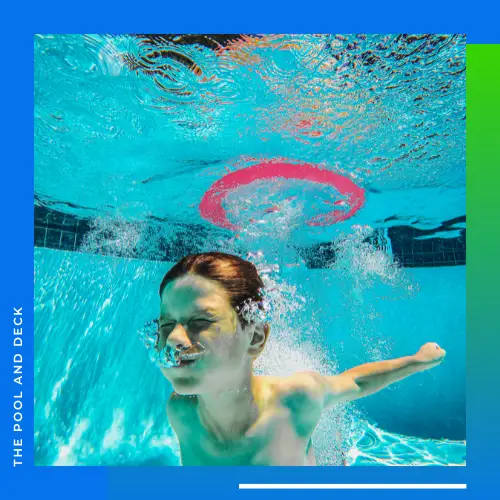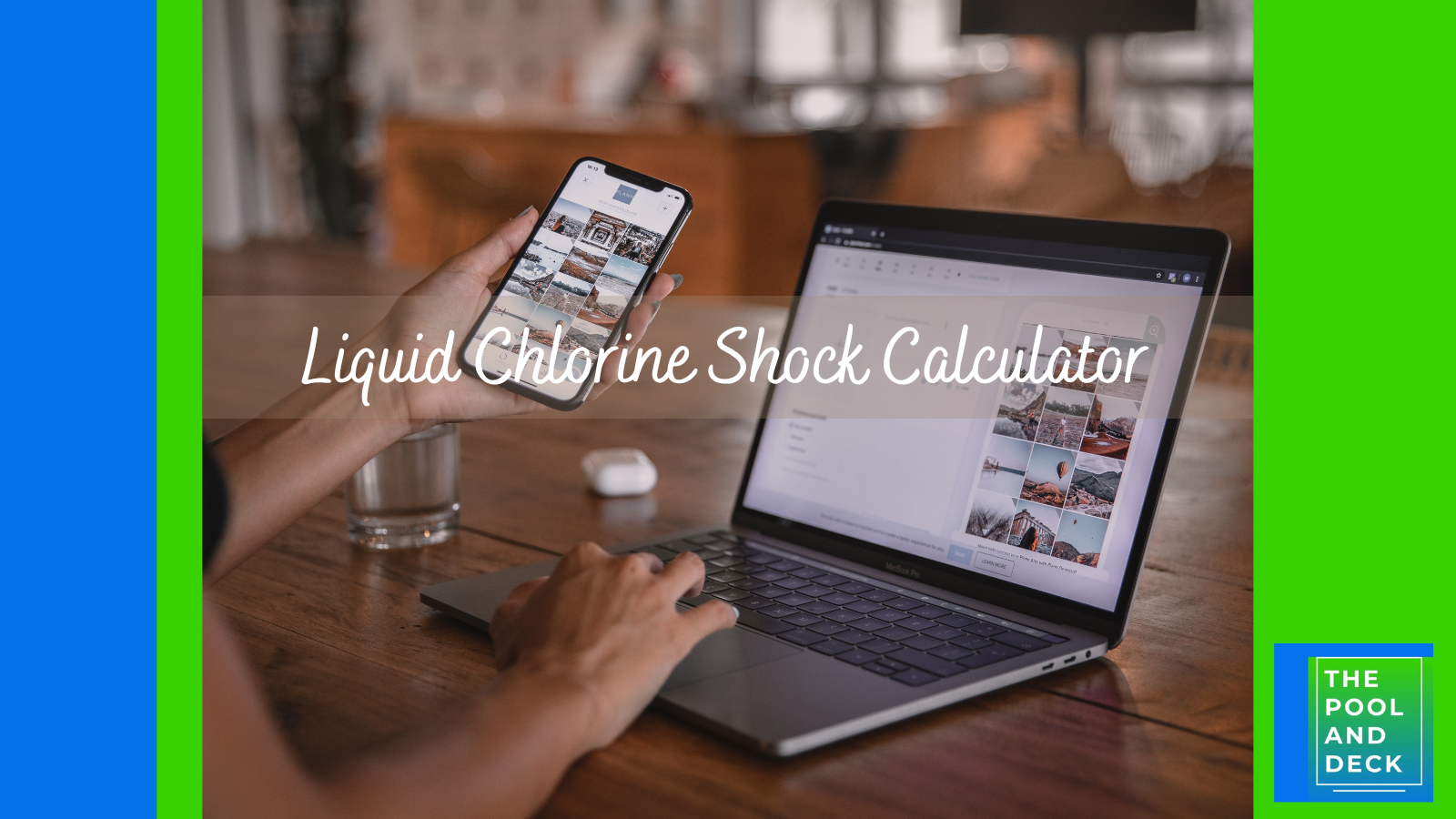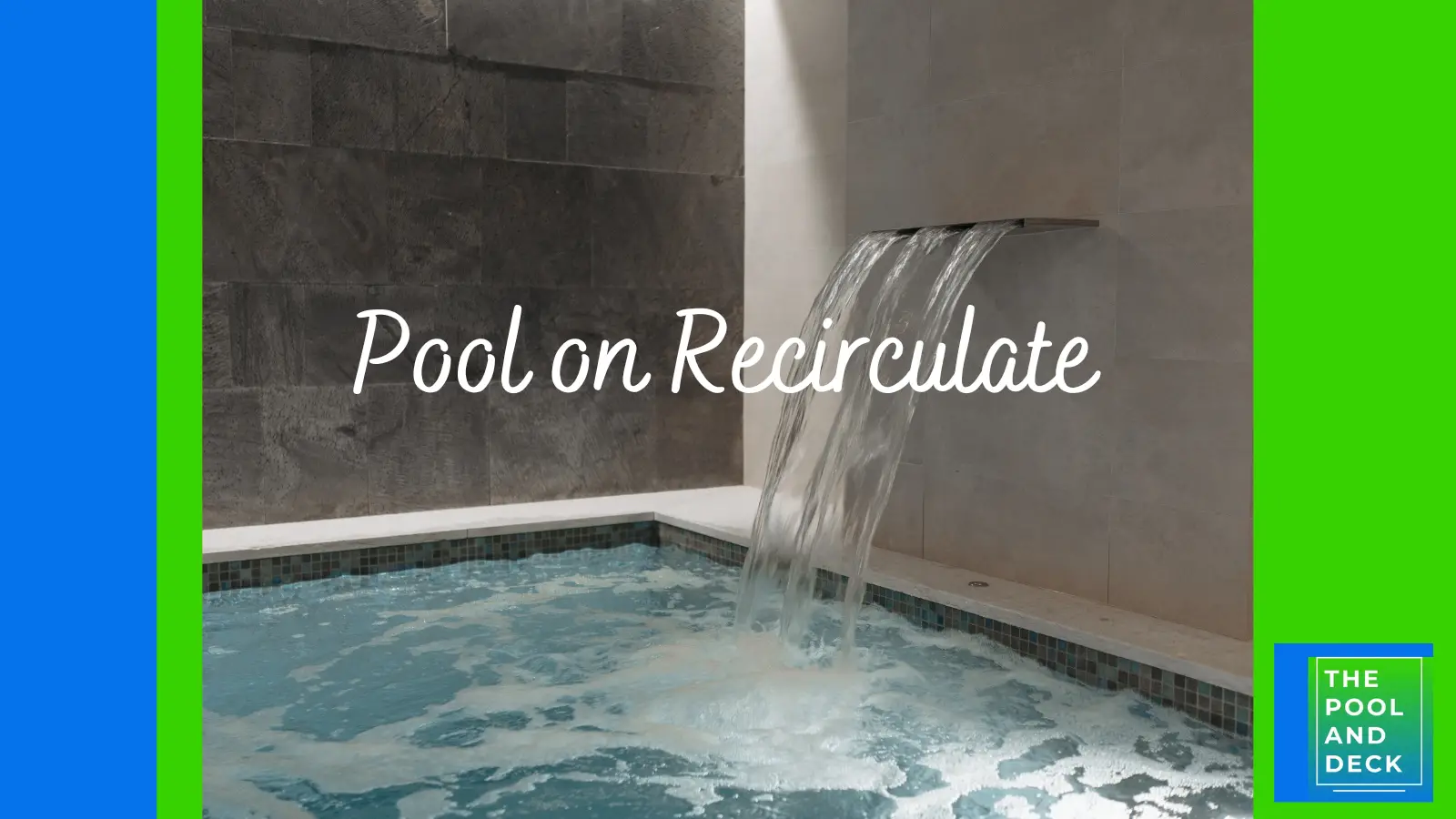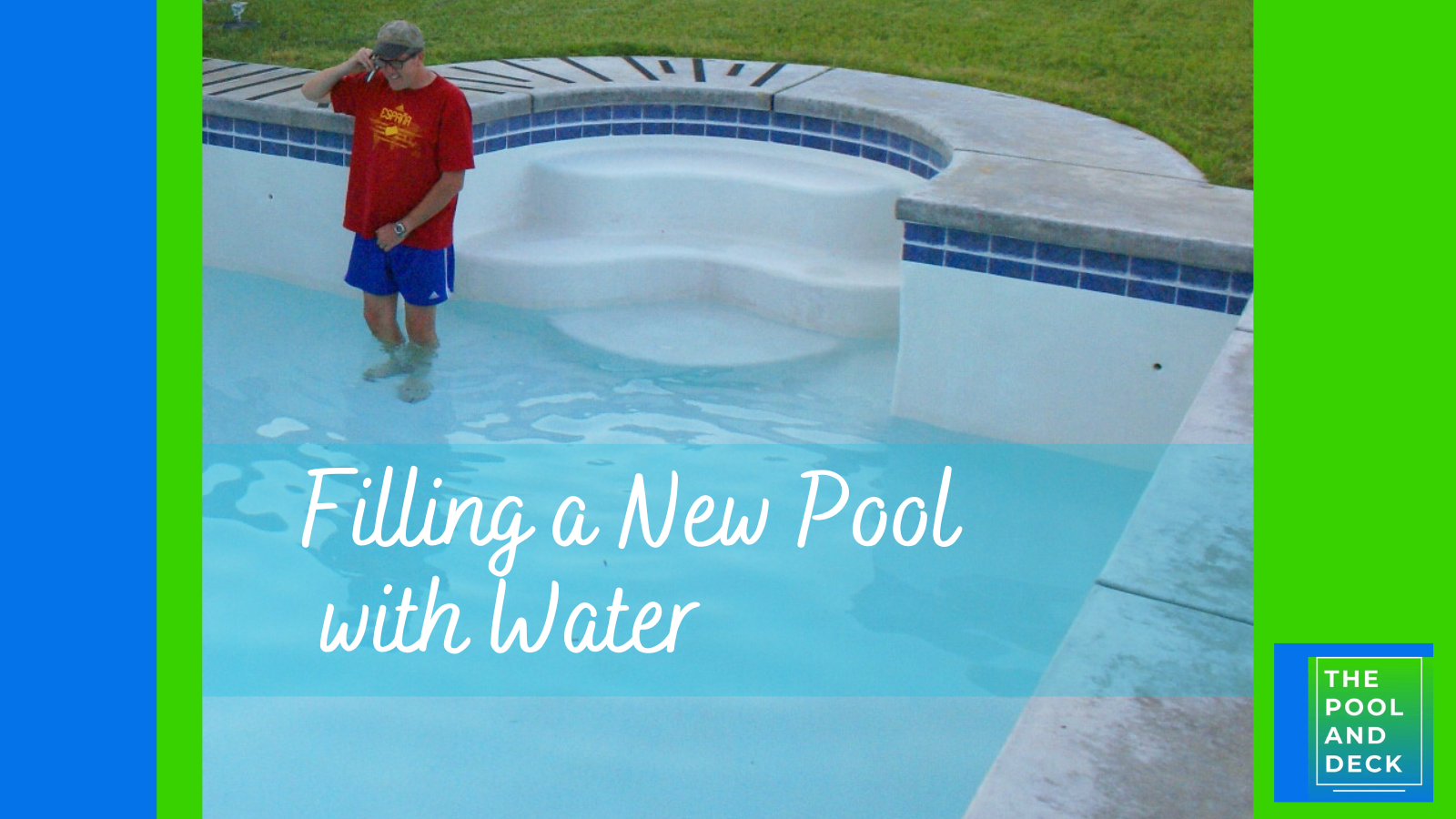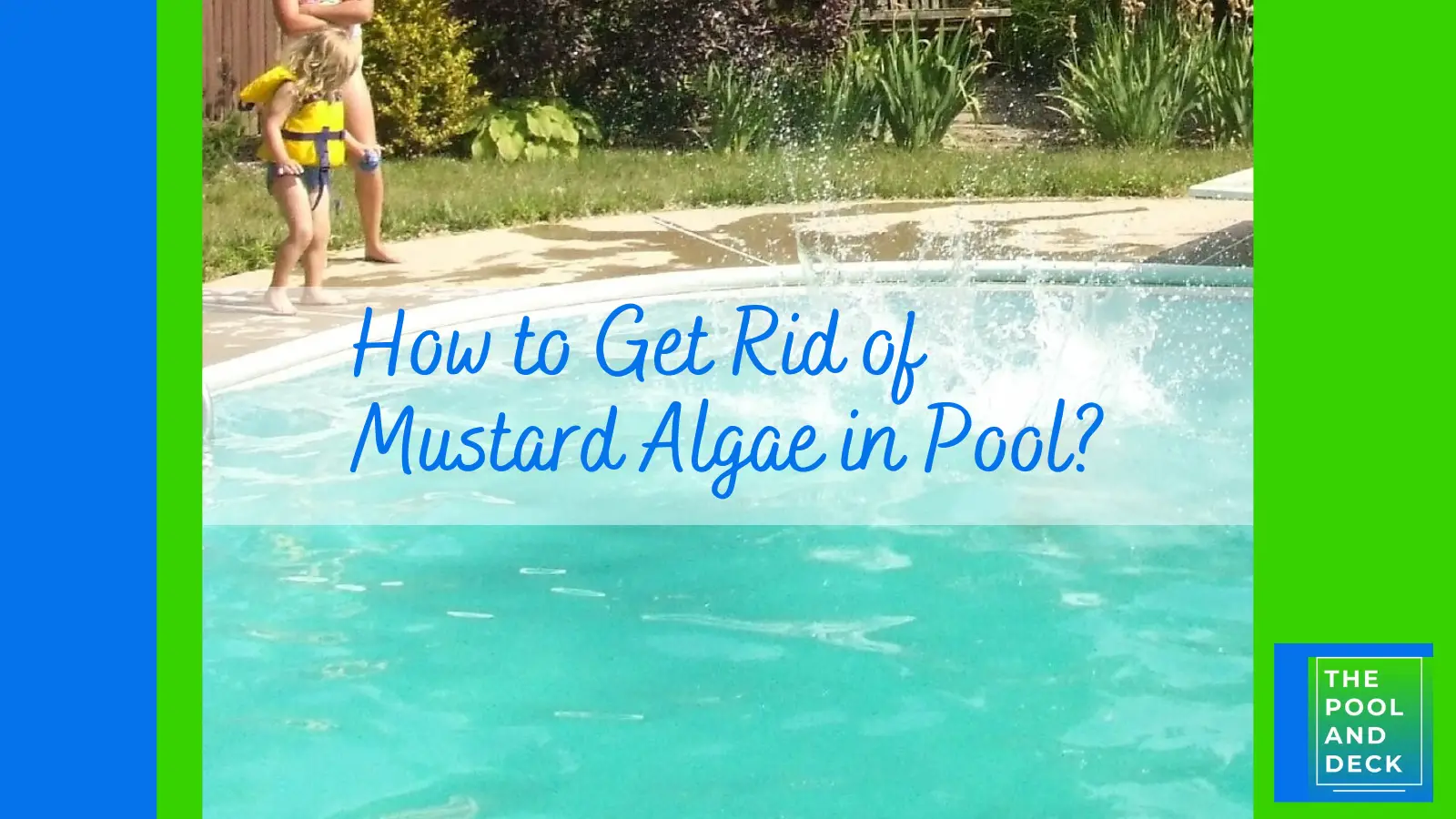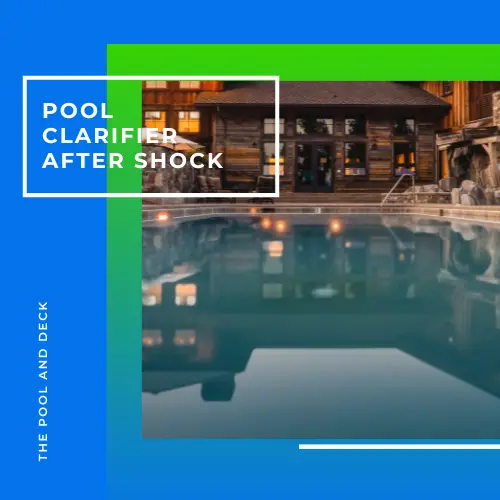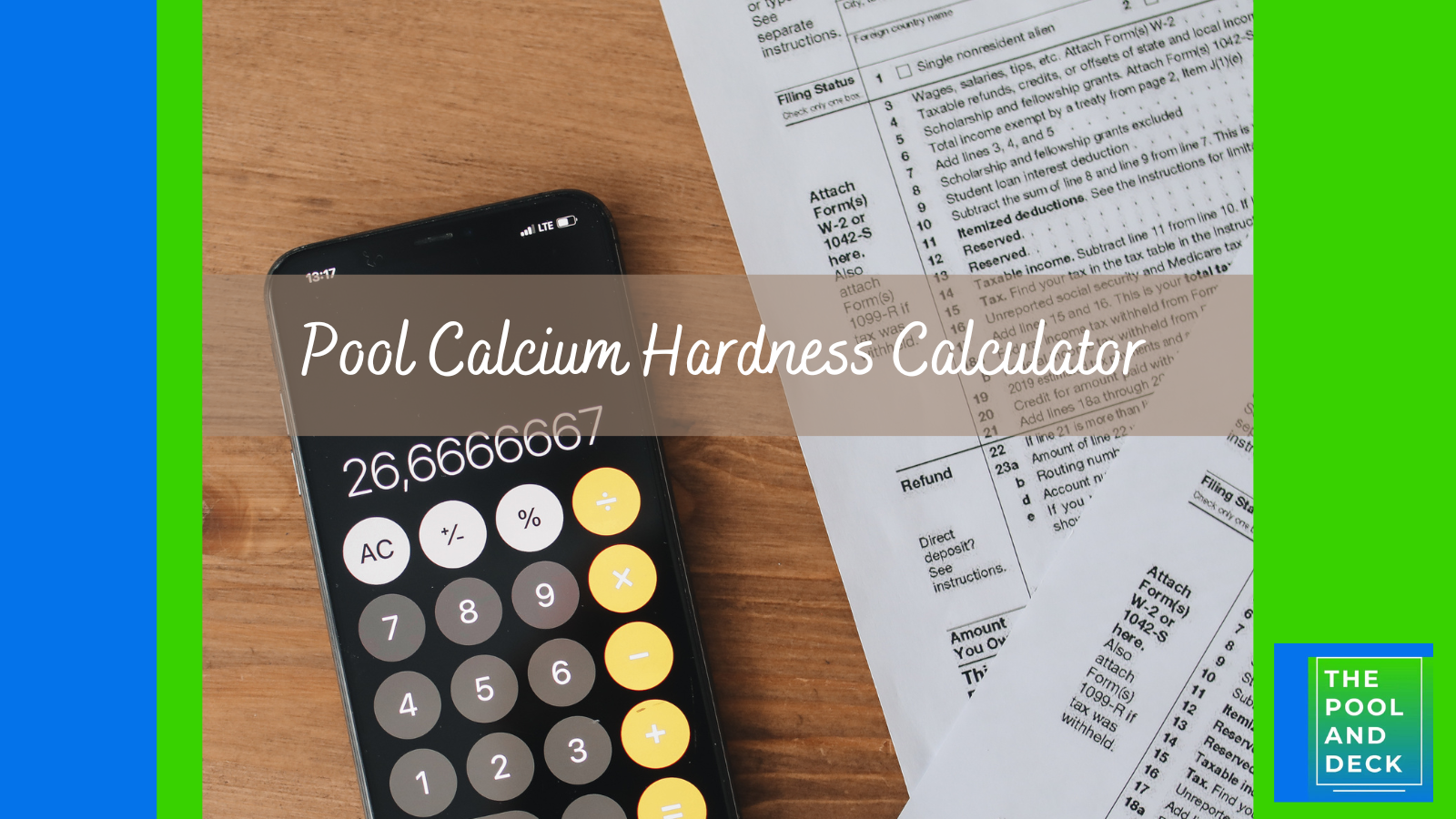Breakpoint Chlorination: Most Effective Method
As an Amazon Associate, I earn from qualifying purchases.
Table of Contents
What Is Breakpoint Chlorination?
Breakpoint chlorination is the quantity of chlorine that is just enough to meet the chlorine demand of the contaminants. This level of chlorination will completely neutralize all the combined chlorine (mostly chloramines) in the pool. Any further addition of chlorine will only increase the free chlorine level in your pool and will not be consumed.
Without doubt, chlorinating your pool is absolutely necessary to keep your pool sanitized and safe for swimming.
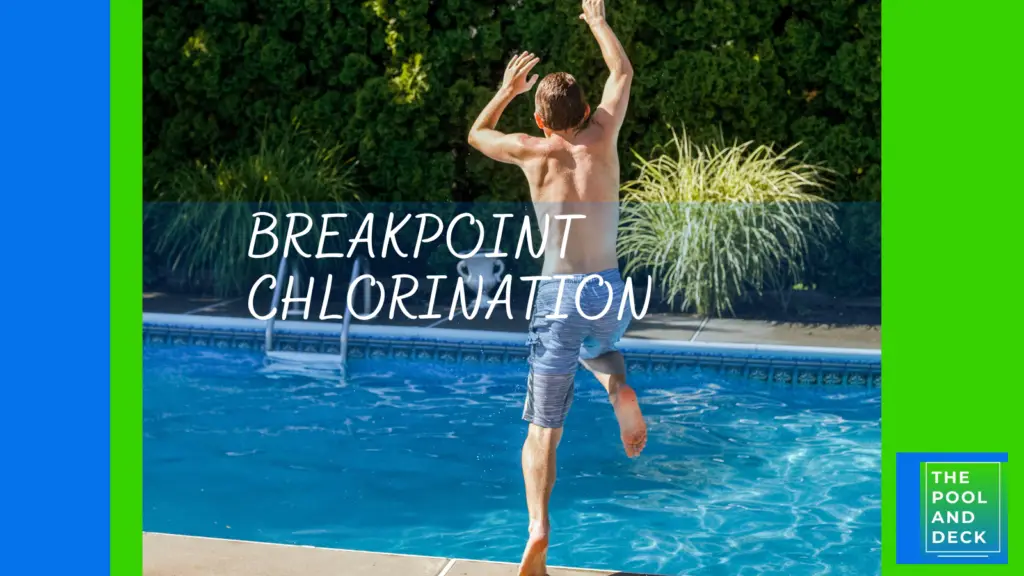
The total chlorine in your pool is expressed as:
Total Chlorine (TC) = Free Chlorine (FC) + Combined Chlorine (CC)
Free Chlorine (FC) is the part which can be used to fight and kill the harmful microorganisms in the pool such as pathogens and algae. Chemically speaking, free chlorine is Chlorine (Cl2), Hypochlorous (HOCl) acid and Hypochlorite (OCl)- ion, which exist in the pool water, once it is chlorinated.
Free Chlorine (FC) sanitizes the pool by combining with the contaminants and forming Combined Chlorine (CC), which is mainly chloramines. Chloramines are compounds of chlorine and ammonia and have very low disinfecting power. Chloramines are essentially “spent” chlorine.
Chlorine is most effective when Total Chlorine (TC) is almost equal to Free Chlorine (FC) and Combined Chlorine (CC) is near zero.
For breakpoint chlorination, enough chlorine must be added to the water to break down the existing chloramines, oxidize the contaminants to produce new chloramines and then break down the new chlorines as well. Once existing chloramines and contaminants have been neutralized, free chlorine levels in the pool can start rising.
Cyanuric Acid Free Shock (Cal Hypo)
HTH 52037 Pool Care Shock Advanced
A fast-dissolving, convenient 4-in-1 Cal Hypo formula that kills bacteria & algae, reduces chlorine odor & irritation, and quickly restores crystal clarity.
It is easier to understand breakpoint chlorination if you visualize it graphically and as the “Breakpoint Chlorination Curve”.
What Is the Breakpoint Chlorination Curve?
The breakpoint chlorination curve is a graphical representation of the relationship between the amount of chlorine added to the water and the level of chloramines in the water.
Below is what the breakpoint chlorination curve looks like.

The curve is divided into four stages, each of which represents a different phase of the chlorination process.
Stage 1:
In the first stage, the amount of chlorine added to the water is not enough to break down the existing chloramines. As a result, the level of chloramines in the water remains constant.
Stage 2:
In the second stage, as more chlorine is added to the water, the level of chloramines begins to increase. The added chlorine reacts with pool water to create free chlorine.
Free chlorine immediately goes to work “killing” the contaminants. The result is a steady increase in combined chlorine (aka combined residual), which is mostly chloramines.
Stage 3:
In the third stage, the added chlorine continues to react with the contaminants as well as the chloramines. The chloramines acquire more and more of chlorine atoms as under:
Ammonia (NH3) ==> Monochloramine (NH2Cl) ==> Dichoramaine (NHCl2) ==> Trichloramine (NCl3)
The final product is Trichloramine which exits the pool as a gas. (That is the distinct “chlorine” smell that you get from your pool at this stage).
So, in this stage the combined chlorine level starts to decrease, till it reaches the “break even point”.
Stage 4:
In the fourth stage, the added chlorine can start to build up the free chlorine level.
The ultimate objective of the breakpoint chlorination is to reach stage 4, where all the contaminants in the water have been neutralized, the level of chloramines is at its lowest possible and free chlorine increases to the recommended level.
The amount of chlorine required to achieve breakpoint chlorination can be estimated using a Breakpoint Chlorination Calculator.
How Do You Calculate Breakpoint Chlorination?
To calculate the breakpoint chlorination for a pool, you can use the formula below or just plug in the data in the “Breakpoint Chlorine Calculator”:
The Formula
Breakpoint Chlorination = (Total Chlorine Level – Free Chlorine Level) / (Active Chlorine Percentage / 100) x Pool Volume
Or simplified:
BC = (TCL – FCL) / (ACP / 100) x PV
Where:
- BC = Breakpoint Chlorination
- TCL = Total Chlorine Level
- FCL = Free Chlorine Level
- ACP = Active Chlorine Percentage
- PV = Pool Volume
The Calculator
To calculate breakpoint chlorination using this formula, first test the water in the pool to determine the total chlorine level and the free chlorine level. Subtract the free chlorine level from the total chlorine level to get the combined chlorine level. The desired chlorine breakpoint is typically set at 10% of the total chlorine level.
Next, determine the volume of water in the pool. This can be calculated by multiplying the length, width, and depth of the pool and then multiplying that number by 7.5 for gallons or by 1,000 for liters.
Once you have these values, plug them into the formula to calculate the amount of additional chlorine needed for breakpoint chlorination. It is important to note that this formula is an estimate and may need to be adjusted based on factors such as the pH of the water, the type of chlorine used, and the level of contaminants in the water.
Regular testing and adjustment of the chlorine levels is necessary to ensure that the water in the pool remains safe and healthy for swimming.
Thank you very much for reading the post. I do hope you found it informative and helpful.

